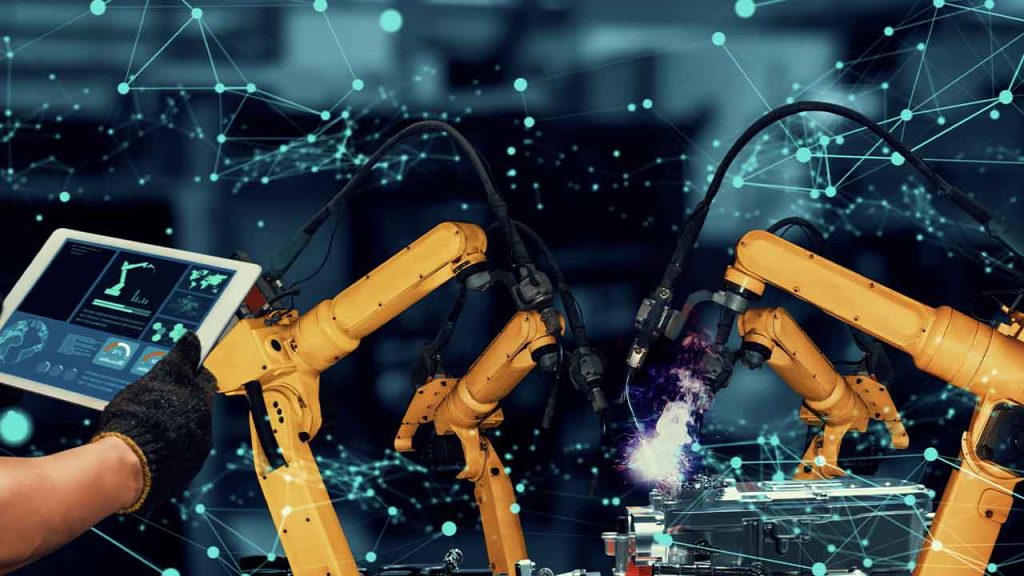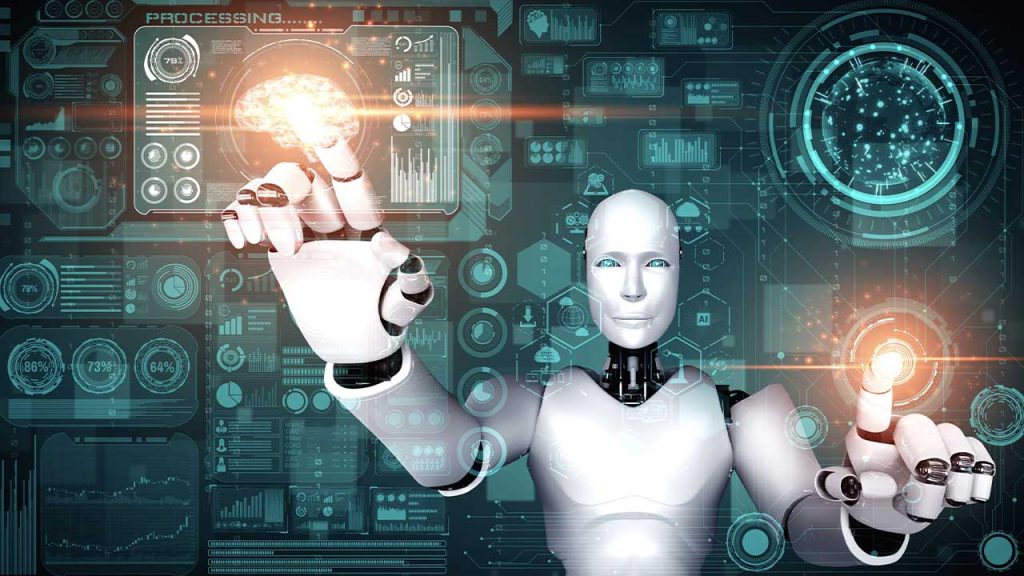The Real Potential of Robotics: Why Software, Not Hardware, Is the Key to Transformation
In a recent conversation with IIoT World, Christian Piechnick, CEO and Co-Founder of Wandelbots, shared his perspective on the evolving role of robotics in industrial environments—and the major shift that must occur for widespread adoption to take hold.
Despite decades of use, robots remain underutilized compared to their potential. With roughly 3.5 to 4 million units in operation globally, the installed base could be ten to a hundred times larger—if barriers to flexibility and ease of use were removed.
Hardware isn’t the hurdle—software is
While robotic systems have become mechanically sophisticated, the software controlling them is often outdated and fragmented. Each robot OEM typically uses proprietary programming languages, interfaces, and control schemes. This siloed approach makes it difficult to scale robotics across diverse operations, especially in brownfield environments.
The shortage of skilled robot programmers further limits deployment. Traditional programming requires deep knowledge of specific brands, creating a high barrier to entry. Unlocking broader adoption demands a shift to modern, open software environments that align with how today’s developers are trained.
AI-driven optimization is changing what’s possible
With the rise of large language models, reinforcement learning, and digital twin technology, robotics is on the verge of a major leap. High-fidelity simulations can now mirror real-world production cells, allowing AI to test and optimize control logic without physical risk.
In practice, these capabilities have driven production efficiency gains of up to 60%—without changing a single piece of hardware. Simulation-driven learning and AI agents offer a new frontier for manufacturers seeking performance improvements from existing assets.
Greenfield or brownfield, the opportunity is real
Whether designing new factories or modernizing existing ones, the key to greater flexibility, faster ramp-up, and improved margins lies in a unified software layer. Today’s hardware is already capable. What’s needed is a way to make it accessible to modern software workflows and AI-powered decision-making.
From automation to autonomy
The shift from traditional automation to intelligent, adaptive robotics is underway. Organizations that embrace a software-first mindset will be better positioned to react to market changes, optimize resources, and reduce operational costs.
As the industrial sector navigates workforce shortages, rising demand for customization, and increasing pressure to digitize, robotics—powered by flexible, AI-compatible software—will play a central role in shaping the factory of the future.
About the author
 This article was written by Greg Orloff, Industry Executive, IIoT World. Greg previously served as the CEO of Tangent Company, inventor of the Watercycle™, the only commercial residential direct potable reuse system in the country.
This article was written by Greg Orloff, Industry Executive, IIoT World. Greg previously served as the CEO of Tangent Company, inventor of the Watercycle™, the only commercial residential direct potable reuse system in the country.



